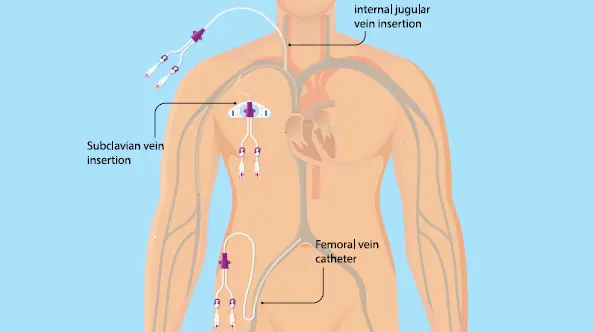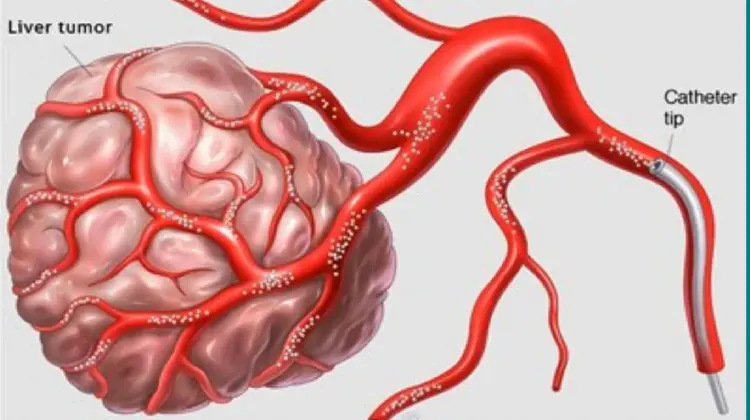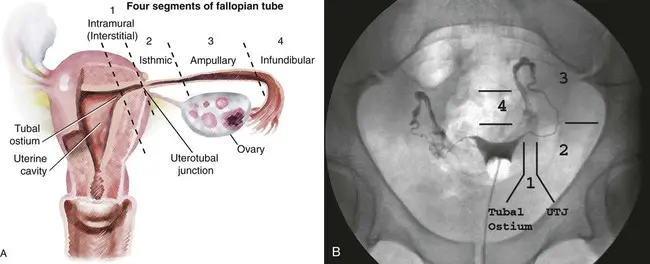 For patients suffering from kidney failure, undergoing dialysis is a lifeline that ensures the removal of waste and excess fluids from their bodies. To facilitate this crucial medical procedure, a specialized catheter known as Permacath, or Permanent Dialysis Catheter, is often recommended. Permacath is a unique solution for patients whose veins are exhausted or unsuitable for AV fistula creation, as it offers several advantages over other dialysis access methods. In this article, we will delve into the benefits of Permacath and provide insights from Dr. Konika,Renowned interventional radiologist, about its placement and care.
For patients suffering from kidney failure, undergoing dialysis is a lifeline that ensures the removal of waste and excess fluids from their bodies. To facilitate this crucial medical procedure, a specialized catheter known as Permacath, or Permanent Dialysis Catheter, is often recommended. Permacath is a unique solution for patients whose veins are exhausted or unsuitable for AV fistula creation, as it offers several advantages over other dialysis access methods. In this article, we will delve into the benefits of Permacath and provide insights from Dr. Konika,Renowned interventional radiologist, about its placement and care.
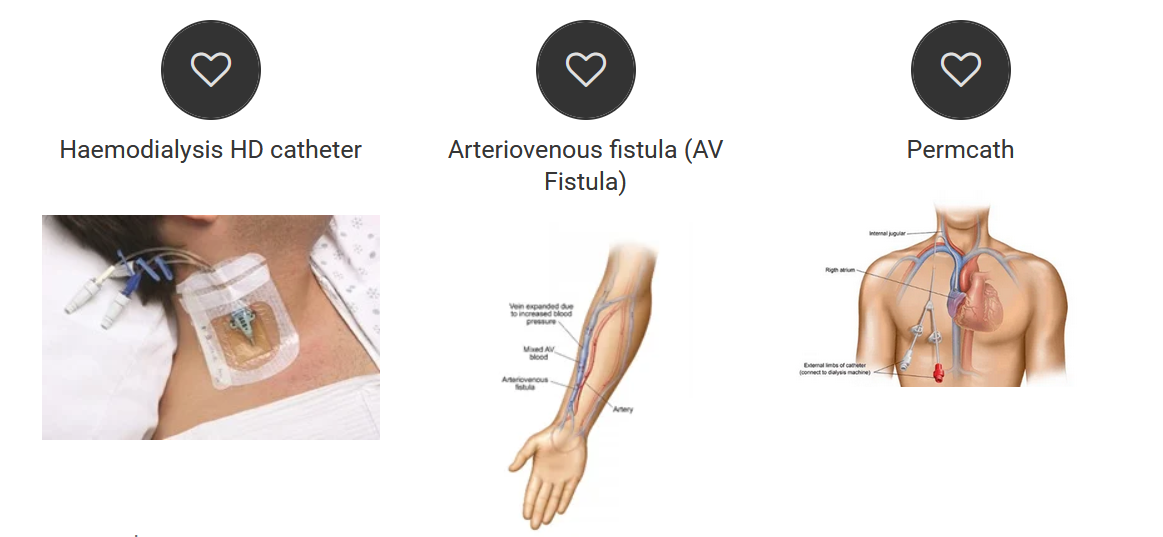
The Advantages of Permacath
- Reduced Risk of Infection
Dr. Konika emphasizes that one of the primary advantages of Permacath is its reduced risk of infection. Unlike other dialysis access methods, Permacath remains concealed below the skin. This design minimizes the exposure of the catheter to external contaminants, lowering the chances of infection significantly. Patients can go about their daily routines without the constant worry of infection.
- Lower Risk of Blockage
Dr. Konika further highlights that Permacath’s unique design also contributes to a lower risk of blockage. When veins are exhausted or unsuitable for AV fistula creation, patients often encounter issues with dialysis access, such as blockages in the catheter. Permacath, however, is less prone to these problems, ensuring a smoother and more reliable dialysis process.
- Comfortable Neck Movements
Patients with Permacath, as Dr. Konika notes, can enjoy a more comfortable range of neck movements compared to other dialysis access methods. Since the catheter is discreetly placed under the skin, it doesn’t impede neck mobility. This added comfort can significantly improve the overall quality of life for individuals undergoing dialysis.
- Concealed and Discreet
Dr. Konika emphasizes the importance of Permacath’s placement under the skin, ensuring it remains concealed and discreet. Unlike external catheters that are visible to others, Permacath is hidden, allowing patients to maintain their privacy and self-esteem. It can be covered by clothing, making it virtually invisible to those around them.
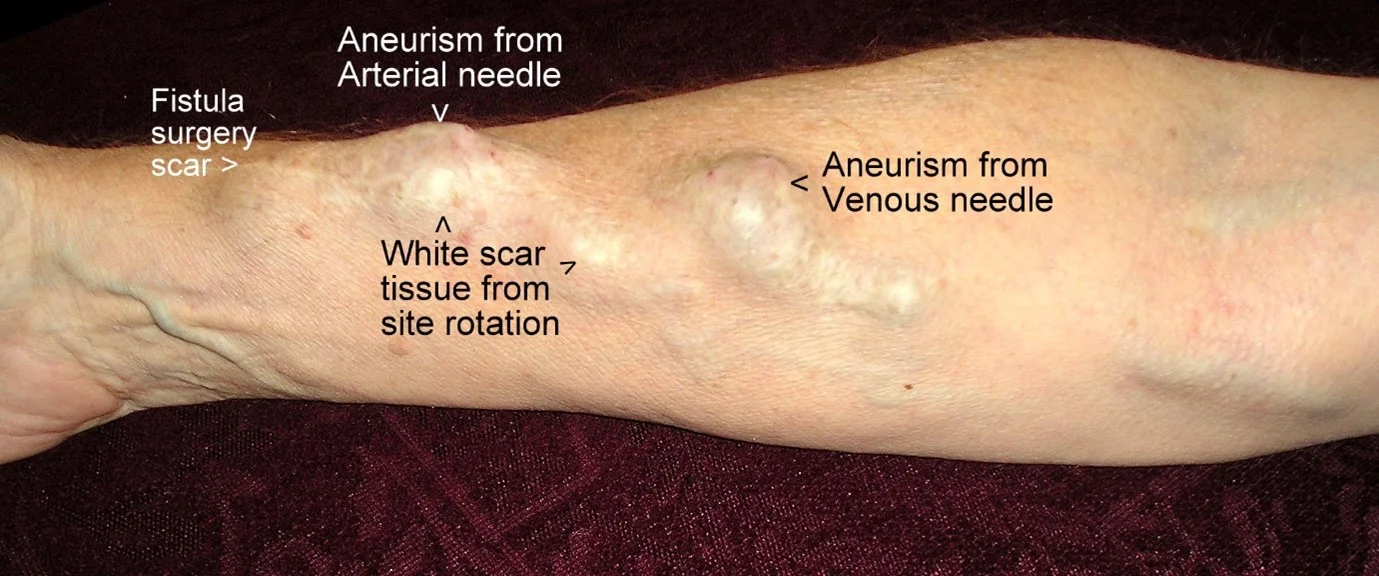
Permacath Placement
When asked about Permacath placement, Dr. Konika provides the following essential information about the procedure:
- When do you need Permacath placement? Permacath is typically recommended when all veins are exhausted or not suitable for creating a new AV fistula. Dr. Konika mentions that your vascular surgeon or nephrologist may suggest this option after a thorough evaluation of your medical condition.
- How long does the procedure take, and when can you be discharged? Dr. Konika explains that Permacath placement is a relatively quick procedure, taking only about 15 minutes. After the procedure, patients can be discharged within an hour, making it a convenient and minimally disruptive option.
- When can dialysis be started with Permacath? Dr. Konika highlights the convenience of Permacath, as dialysis can begin immediately after placement. This allows for a seamless transition to the dialysis process without unnecessary delays or complications.
- How to prevent blockage in Permacath? Dr. Konika emphasizes the importance of regular maintenance and instructs that caregivers must flush the catheter with heparin saline or cathflush after each use. This practice is key to ensuring the longevity and effectiveness of the Permacath.

